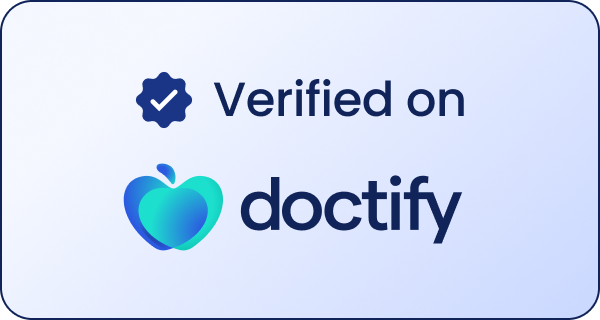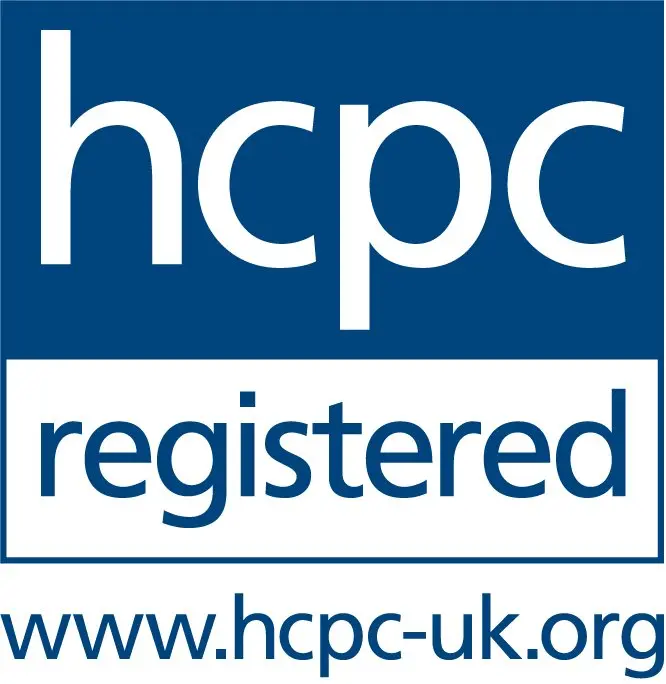How we can help
At Kidswell Health, our experienced paediatricians can assess your child’s symptoms, confirm the diagnosis, and recommend the most effective ways to keep them comfortable. We can also check for and treat any complications, such as dehydration or secondary infections.
We provide guidance on when it’s safe for your child to return to nursery or school and advice on preventing the spread of HFMD to other family members.
Additional resources
NHS – Hand, foot and mouth disease
Disclaimer: Information contained on this page is intended as general advice and does not replace a medical assessment. If you are concerned about your child’s health, please contact your doctor for advice. In an emergency or for urgent care, call 999 or visit your local A&E.
FAQs
How long does hand, foot and mouth disease last?
In most cases, HFMD lasts between 7 and 10 days. Fever and sore throat often improve within a few days, but mouth ulcers and the rash may take slightly longer to heal. Children usually recover fully without any long-term effects.
How can you treat hand, foot and mouth disease at home?
There’s no cure for HFMD, but you can keep your child comfortable by:
- Giving paracetamol or ibuprofen for pain and fever (always follow dosage instructions)
- Offering cool drinks and soft foods to avoid irritating mouth ulcers
- Encouraging rest until your child feels better
- Avoiding acidic or spicy foods which can sting mouth ulcers
- Keeping them at home while they have a fever or feel unwell
How long is hand, foot and mouth disease contagious?
Children are most contagious during the first week of illness, when symptoms are at their peak. However, the virus can still be present in stools for several weeks after recovery. Good handwashing, especially after nappy changes or using the toilet, helps reduce the risk of spreading the infection.
When can my child go back to nursery or school after hand, foot and mouth?
Most children can return once they are feeling well, have no fever, and can comfortably join in daily activities. There’s no need to wait until all blisters have fully healed, but your child should stay home if they are still unwell or unable to participate.
Can adults catch hand, foot and mouth disease from children?
Yes, although it is less common, adults can catch HFMD, especially if they have close contact with an infected child. In adults, symptoms are often milder but can still include fever, sore throat, and rash.
How can I stop hand, foot and mouth disease spreading in my home?
Wash hands regularly with soap and warm water, clean toys and surfaces often, avoid sharing cups, cutlery, or towels, and keep your child home from nursery or school while they have a fever or feel unwell.
Should my child see a doctor for hand, foot and mouth disease?
Most children recover without medical treatment. However, you should seek advice if your child:
- Has symptoms that are getting worse
- Struggles to drink enough fluids
- Shows signs of dehydration (dry mouth, reduced urine output, unusual sleepiness)
- Has a very high fever or appears seriously unwell
Is there a vaccine for hand, foot and mouth disease?
No, there is currently no vaccine available in the UK. The best prevention is good hygiene and avoiding close contact with infected individuals.



